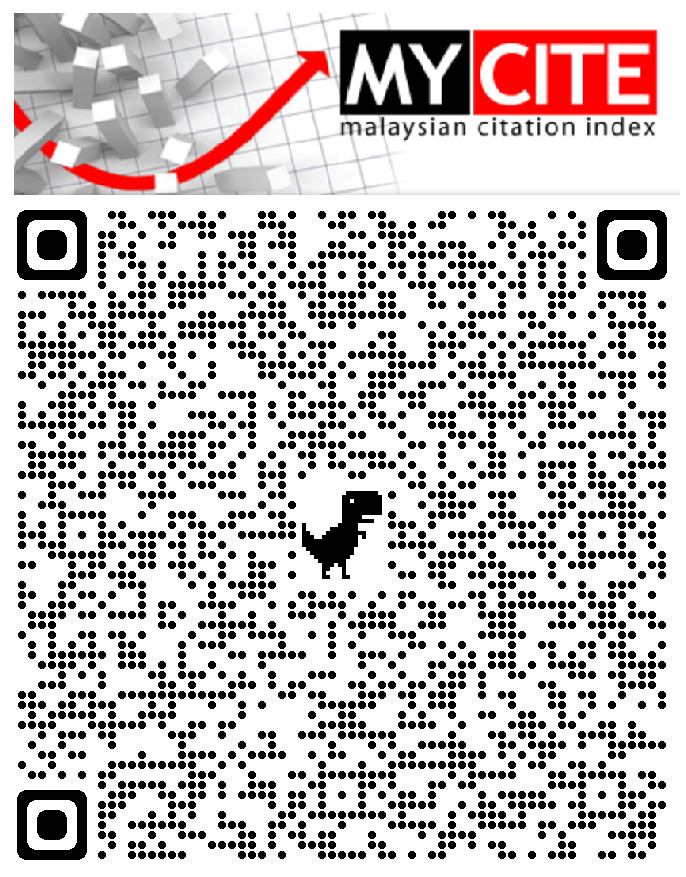Cryptocurrency Integration Challenges in Blockchain for Financial Institution
Keywords:
Cryptocurrency, Blockchain, Hash, consensus, immutabilityAbstract
Cryptocurrency is the latest adventure of currencies that works by using the new edge technology called the blockchain. It has gained the notable attention of the people for the last several years across the world. Cryptocurrency is also globally known as digital currency or virtual currency, and it is a form of payment that can be used online for goods and services. Blockchain has captured the application of many in the financial industry, including those vigorous in the transaction, clearing, and settlement, with its promise of greater efficiency and higher resiliency. The Cryptocurrency has been adopted by using blockchain technology that raised eye-catching attention in the financial sector, government, stakeholders, and individuals as well. It can be anticipated that Cryptocurrency will be the future currency that will replace fiat money worldwide. Though it has been attracted the users' attention, the money of them worried about its future useability, drawbacks, and challenges. Still, the research on cryptocurrencies is far behind and in the initial stage to integrate these currencies in financial institutes. This lack of trust situation in the financial sector aggravates further when it comes to cryptocurrency management challenges that are still not critically analyzed. The originality of this paper is the concept of currencies including cryptocurrencies, the concept of the blockchain ecosystem, and the cryptocurrency integration challenges of the existing blockchain in the financial institution. This paper will help the new researchers to work on cryptocurrencies and their integration challenges in the financial system.
Downloads
Metrics
References
S. Nakamoto, “Bitcoin: A peer-to-peer electronic cash system,” Manubot, 2019.
A. Collomb and K. Sok, “Blockchain/distributed ledger technology (DLT): What impact on the financial sector?,” Digiworld Economic Journal, (103), 2016.
C. Vijai, et all., “The Blockchain Technology and Modern Ledgers Through Blockchain Accounting,” Adalya Journal, vol. 8(12), 2019.
I. C. Lin and T. C. Liao, “A survey of blockchain security issues and challenges,’’ IJ Network Security, vol. 19(5), pp. 653-659, 2017.
F. Ferdous and M.A. Uddin, “Toward Islamization of Science and Technology,” Doi: 10.3329/issues.v9i0.24029, 2011
T. J. Sargent and M. Wallace, “A Model of Commodity Money,” Journal of Monetary Economics, vol 12(1), pp. 163 -187, 1983.
M. Hanif, “Developing A Fair Currency System,” ISRA International Journal of Islamic Finance, vol. 12(2), 2020.
F. Durani, “The Economic Dangers of the Fiat Money System,” Eastern Journal of Economics and Finance, vol. 4(1), 2019.
A. Rosic, “What is blockchain technology? A step-by-step guide for beginners,” Blockgeeks, 06-Mar-2018.
S. Nakamoto and A. Bitcoin, “A peer-to-peer electronic cash system. Bitcoin,” 2008. URL: https://bitcoin. org/bitcoin. pdf, 4.
J. Garay, et all., “The bitcoin backbone protocol: Analysis and applications,” In Annual international conference on the theory and applications of cryptographic techniques, pp. 281-310, Springer, Berlin, Heidelberg, 2015.
B. B. V. Argentaria, “What is the difference between DLT and blockchain,” Communications. https://www.bbva.com/en/difference-dlt-block chain/. Accessed, 19, 2018.
Y. Xu and Y. Huang, “Segment blockchain: A size reduced storage mechanism for blockchain,” IEEE Access, 8, pp.17434-17441, 2020.
A Sunyaev, “Distributed ledger technology,” In Internet Computing, Springer, Cham, pp.265-299, 2020.
F. M. Benčić, and I. P. Žarko, “Distributed ledger technology: Blockchain compared to directed acyclic graph,” In 2018 IEEE 38th International Conference on Distributed Computing Systems (ICDCS) pp.1569-1570). IEEE, 2018.
K. Srivastav, “A guide to blockchain immutability and challenges,” DZone, Devada Media, 29, 2019.
Q. Deng, “Application Analysis of Blockchian Technology in Cross-border Payment,” Advances in Economics, Business and Management Research, vol. 126, 2020.
Y. Wang, et all., “Understanding blockchain technology for future supply chains: a systematic literature review and research agenda. Supply Chain Management: An International Journal,”2019.
F. Glaser, “Pervasive decentralization of digital infrastructures: a framework for blockchain enabled system and use case analysis<” In Proceedings of the 50th Hawaii international conference on system sciences, 2017.
S. S. Gupta, “Blockchain,” IBM Online (http://www. IBM. COM), 2017.
M. Di Pierro, “What is the blockchain?” Computing in Science & Engineering, vol. 19(5), pp.92-95, 2017.
T. Hyla and J. Pejaś, “Long-term verification of signatures based on a blockchain,” Computers & Electrical Engineering, 81, pp.106523, 2020.
S. Zhang and J. H. Lee, “Analysis of the main consensus protocols of blockchain,” ICT express, vol6(2), pp.93-97, 2020.
A. Gervais, et all., “On the security and performance of proof of work blockchains,” In Proceedings of the 2016 ACM SIGSAC conference on computer and communications security, pp. 3-16, 2016.
P. Gaži, et all., "St ake-Bleeding Attacks on Proof-of-Stake Blockchains," 2018 Crypto Valley Conference on Blockchain Technology (CVCBT), Zug, Switzerland, 2018, pp. 85-92, DOI: 10.1109/CVCBT.2018.00015.
S. Jokić, et. All., “Comparative analysis of cryptocurrency wallets vs traditional wallets,” International Journal For Economic Theory and Practice And Social Issues, Vol. 63(3), 2019.
Downloads
Published
How to Cite
Issue
Section
License
Copyright (c) 2021 Asian Journal of Electrical and Electronic Engineering

This work is licensed under a Creative Commons Attribution-NonCommercial 4.0 International License.
The Asian Journal of Electrical and Electronic Engineering journal is licensed under a Creative Commons Attribution-NonCommercial 4.0 International License.









